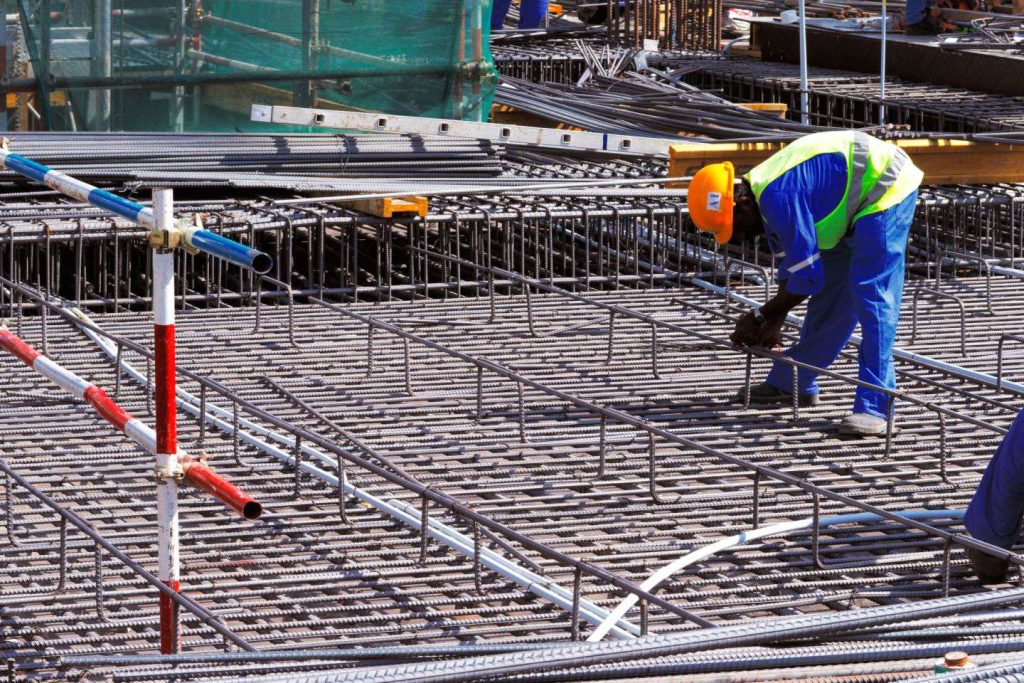Types of structures under jacking
· Box jacking
· Arch jacking
· Pipe jacking
OPERATONS
The box shaped tunnel structures are pre-fabricated units which are pushed into soil by hydraulic jack
Soil is excavated at the advancing face by manual means or by excavators To avoid settlements of over laying roads or rail track soil is excavated after it enters the cutting heads
Excavation ahead of the cutting is avoided the cutting head is moved forward in small increments to avoid any having of the road or rail track
In addition to that, without stabilizing the soil, the box technique would cause the super structure to settle the threatening structure failure so the ground ahead of tunnel boxes needed to be frozen
PIPE JACKING
In tunnels of damages above 2m men and machines worked the tunnel phase exacting and providing soil support to the excavator soil by erecting the lining. The tunnel diameter becomes small it becomes difficult for workers to carry out soil excavation of in erect the tunnel lining system with in the tunnel shield
For diameter in the range of 0.5m to 1.5m it is more efficient to excavate the soil by drilling systems controlled from a shaft or a pit to push the tunnel lining segment from the shaft or pit these techniques are often referred to us pipe jacking or micro tunneling techniques and equipments
Pipe jacking refers to a technique in which a man in a sitting or crouch position, user’s epic and shovels to excavate tunnel face and the pipe is jacked forward from a shaft using hydraulic jacking system
Horizontal auguring refers to a similar technique in which the man is replaced by a horizontal continuous flight helical auger
INSTALATION
The pipe sections are moved forward by hydraulic jacking and the miniature TBM derive its reaction from these section
Pipe segments of length 1 to 3 diameters 0.5 to 2m can be jacked into the soil using reaction from the concrete wall erected at the rior of jacking pit.
DIAPHRAGM WALL
In structural engineering, a diaphragm is a structural system used to transfer lateral loads to shear walls or frames primarily through in-plane shear stress .
These lateral loads are usually wind and earthquake loads, but other lateral loads such as lateral earth pressure or hydrostatic pressure can also be resisted by diaphragm action.
The diaphragm of a structure often does double duty as the floor system or roof system in a building or the deck of abridge, which simultaneously supports gravity loads.
Diaphragms are usually constructed of plywood or oriented stand board in timber construction;
Metal deck or composite metal deck in steel construction; or concrete slab in concrete construction.
The two primary types of diaphragm are flexible and rigid. Flexible diaphragms resist lateral forces depending on the tributary area, irrespective of the flexibility of the members that they are transferring force to. On the other hand, rigid diaphragms transfer load to frames or shear walls depending on their flexibility and their location in the structure.
Parts of a diaphragm include:
· the membrane used as a shear panel to carry in-plane shear
· the drag strut member used to transfer the load to the shear walls or frames
· The chord, used to resist the tension and compression forces that develop in the diaphragm, since the membrane is usually incapable of handling these loads alone


